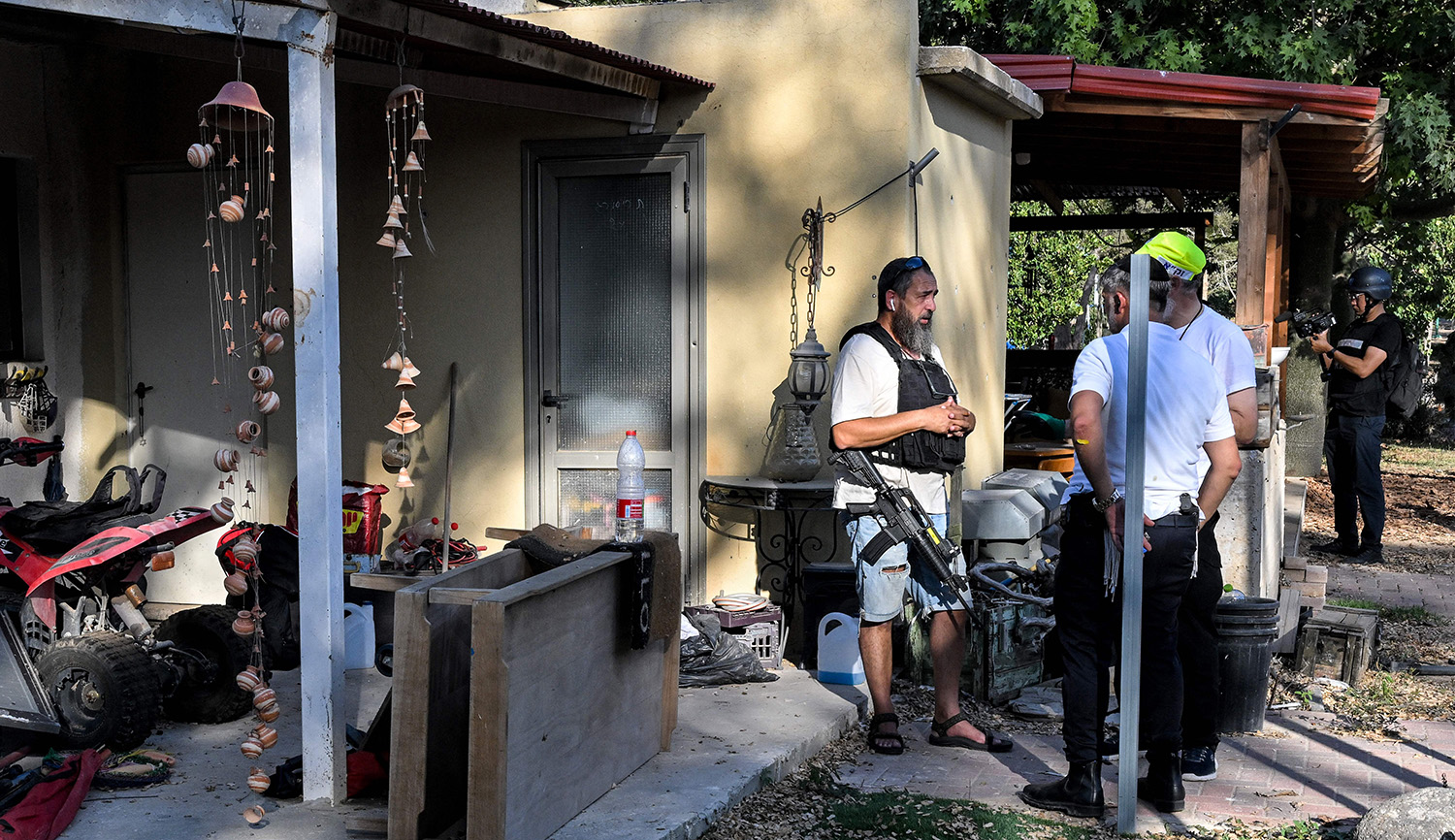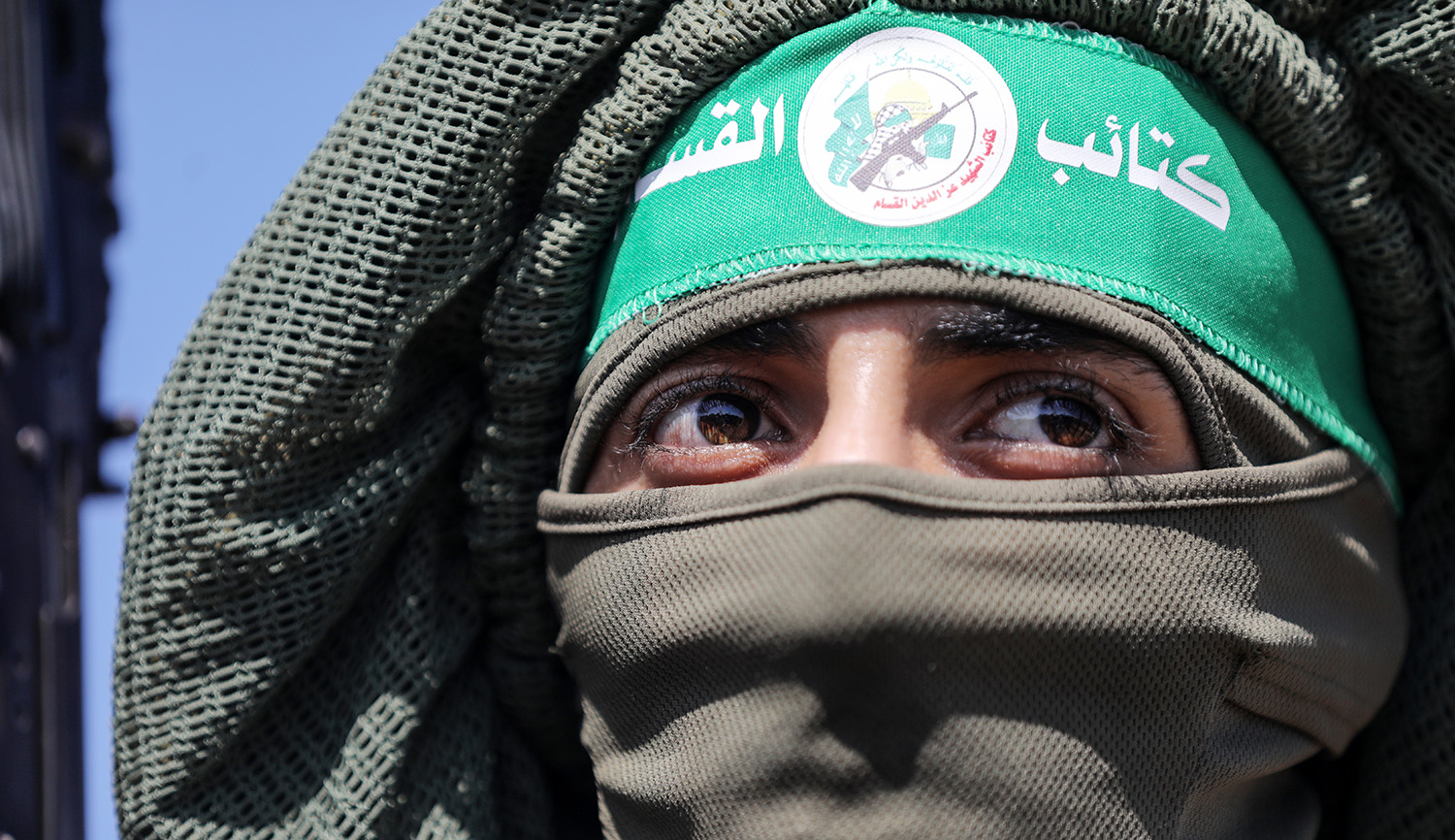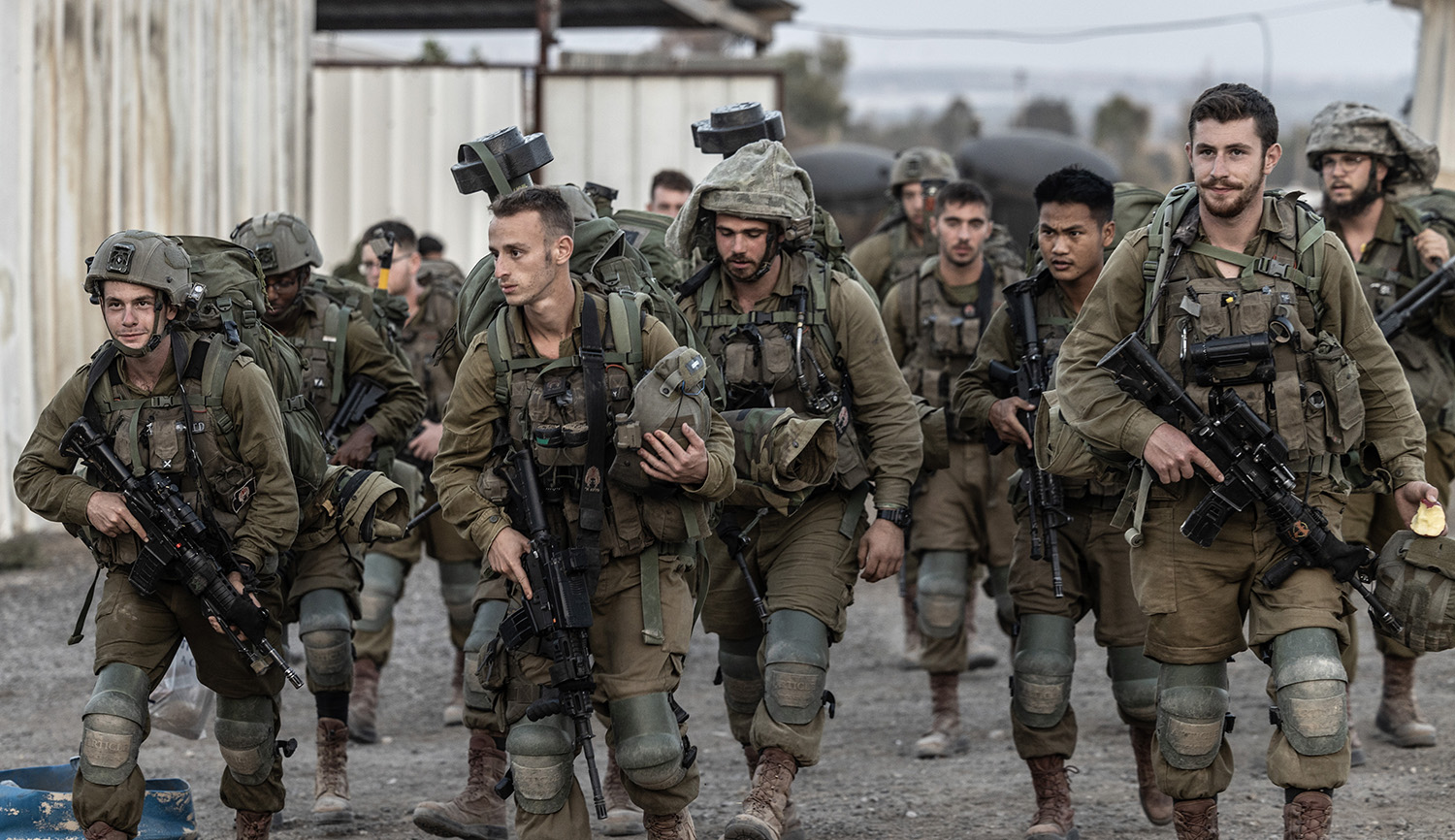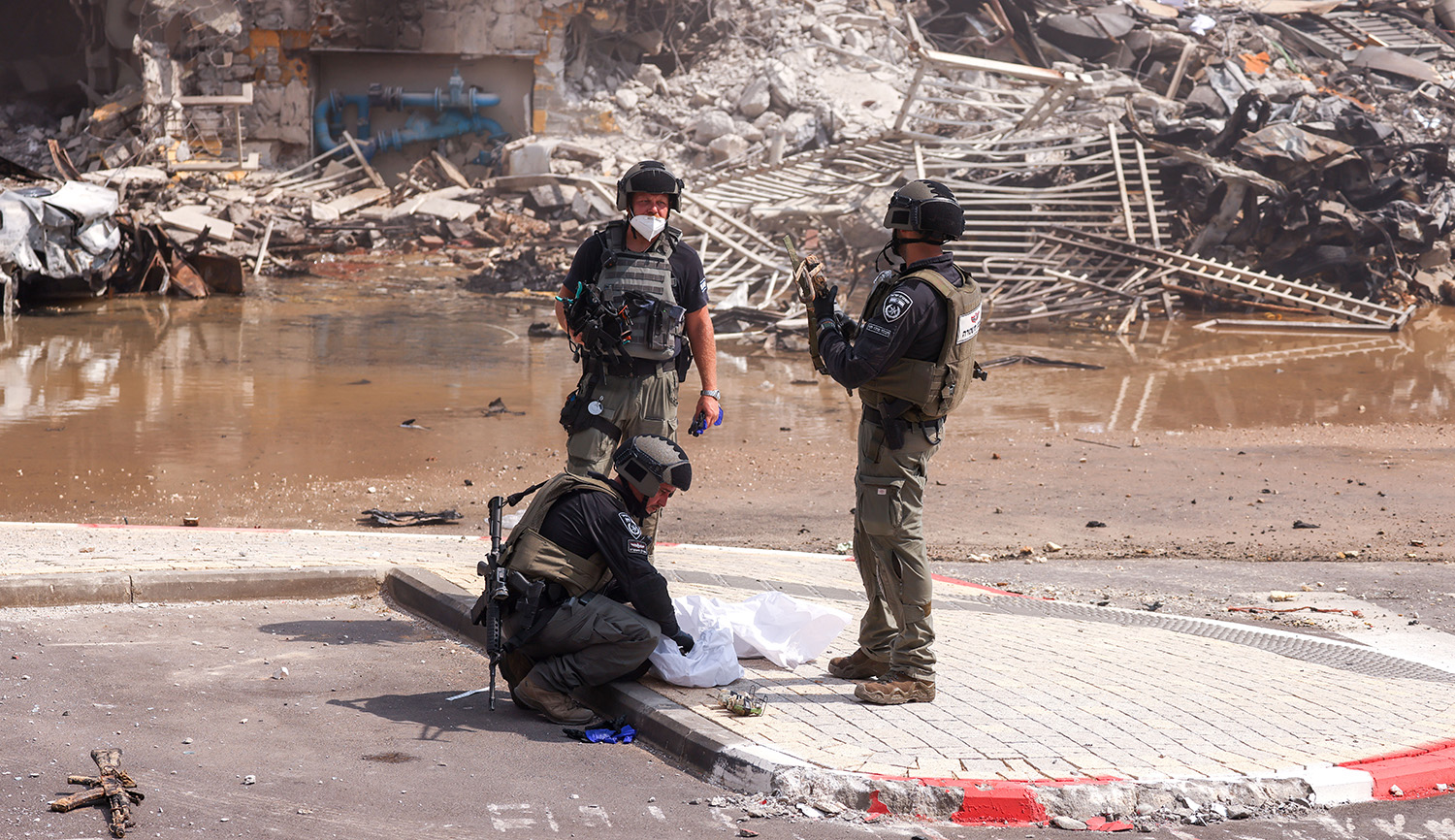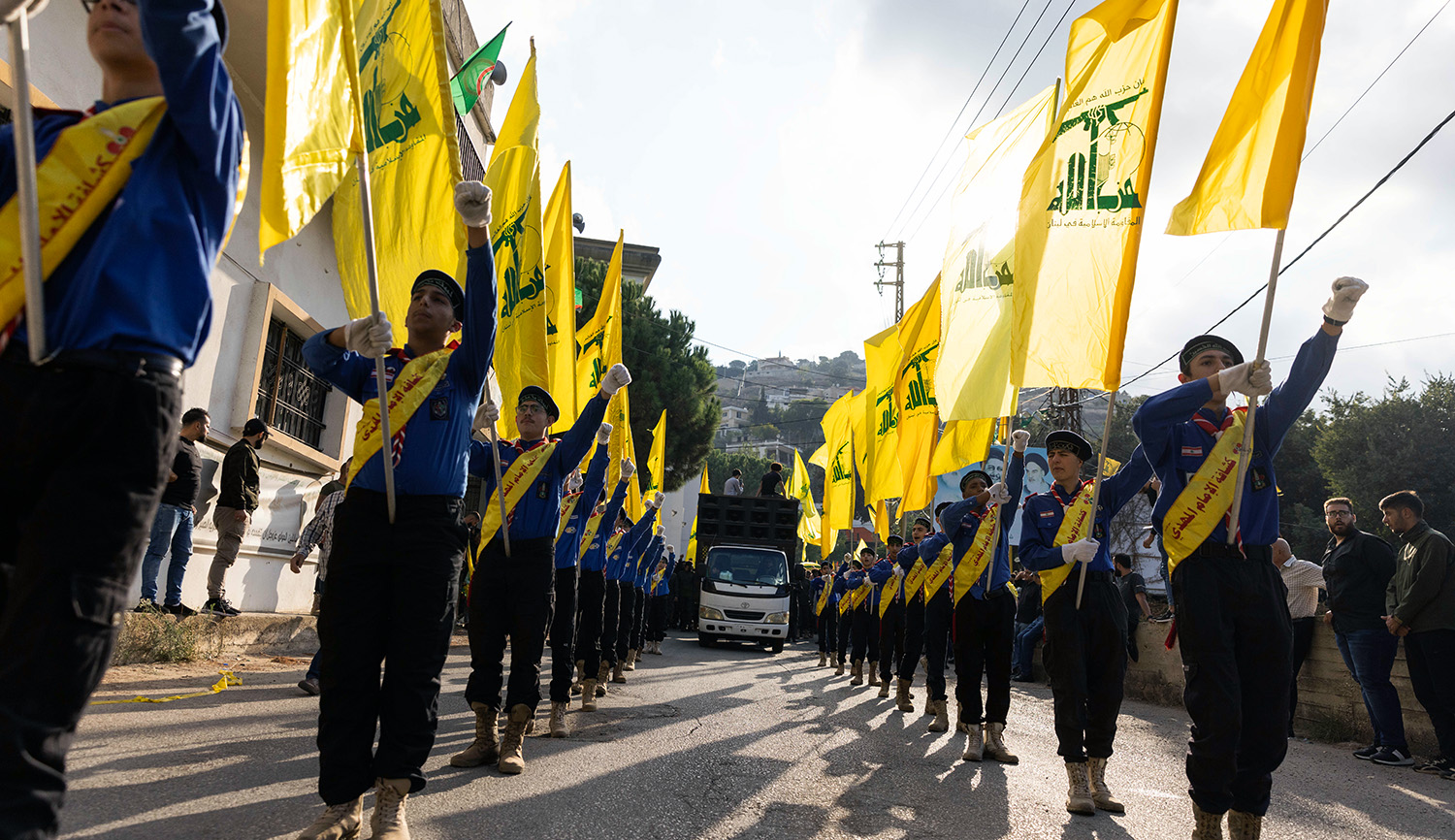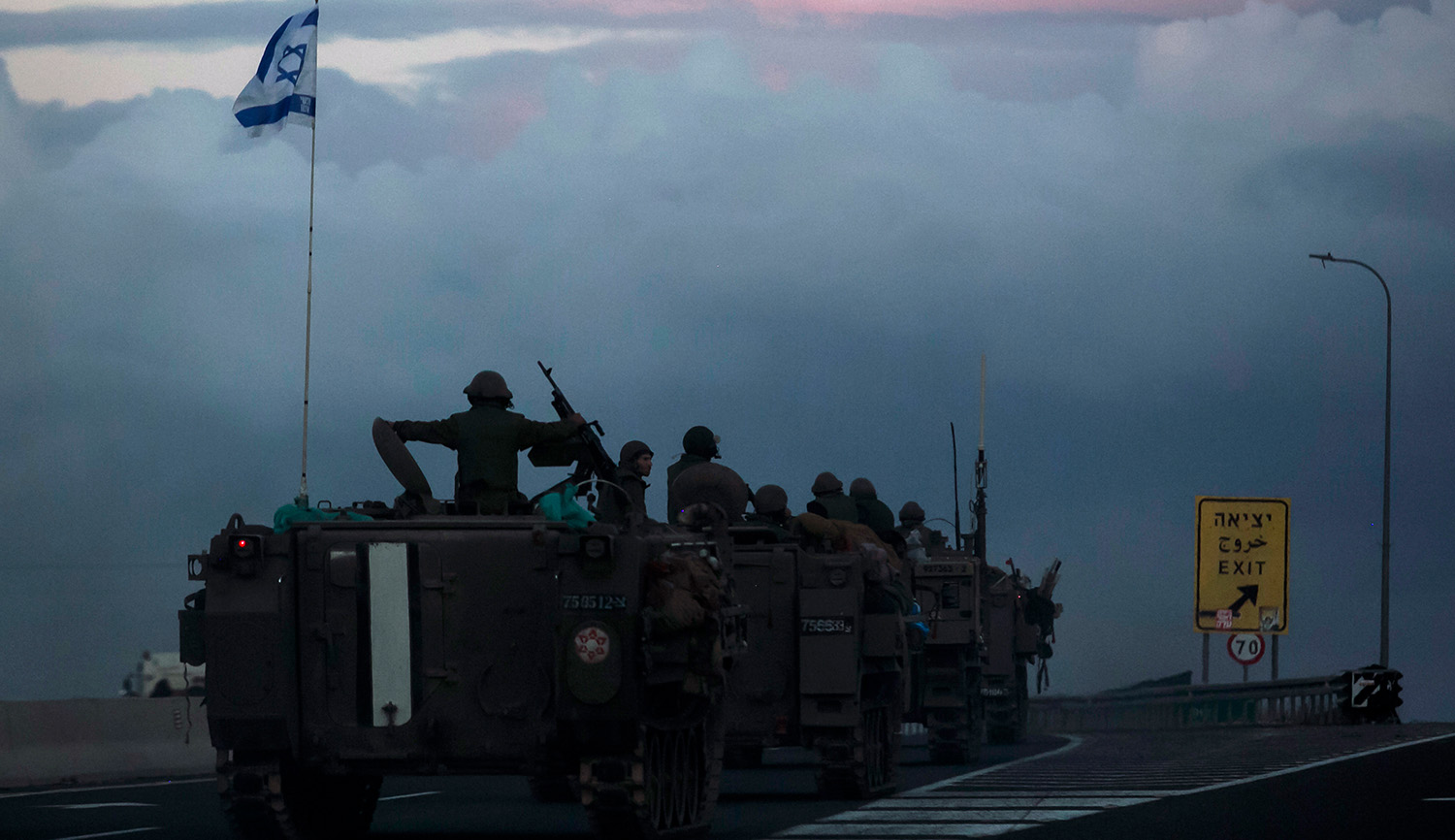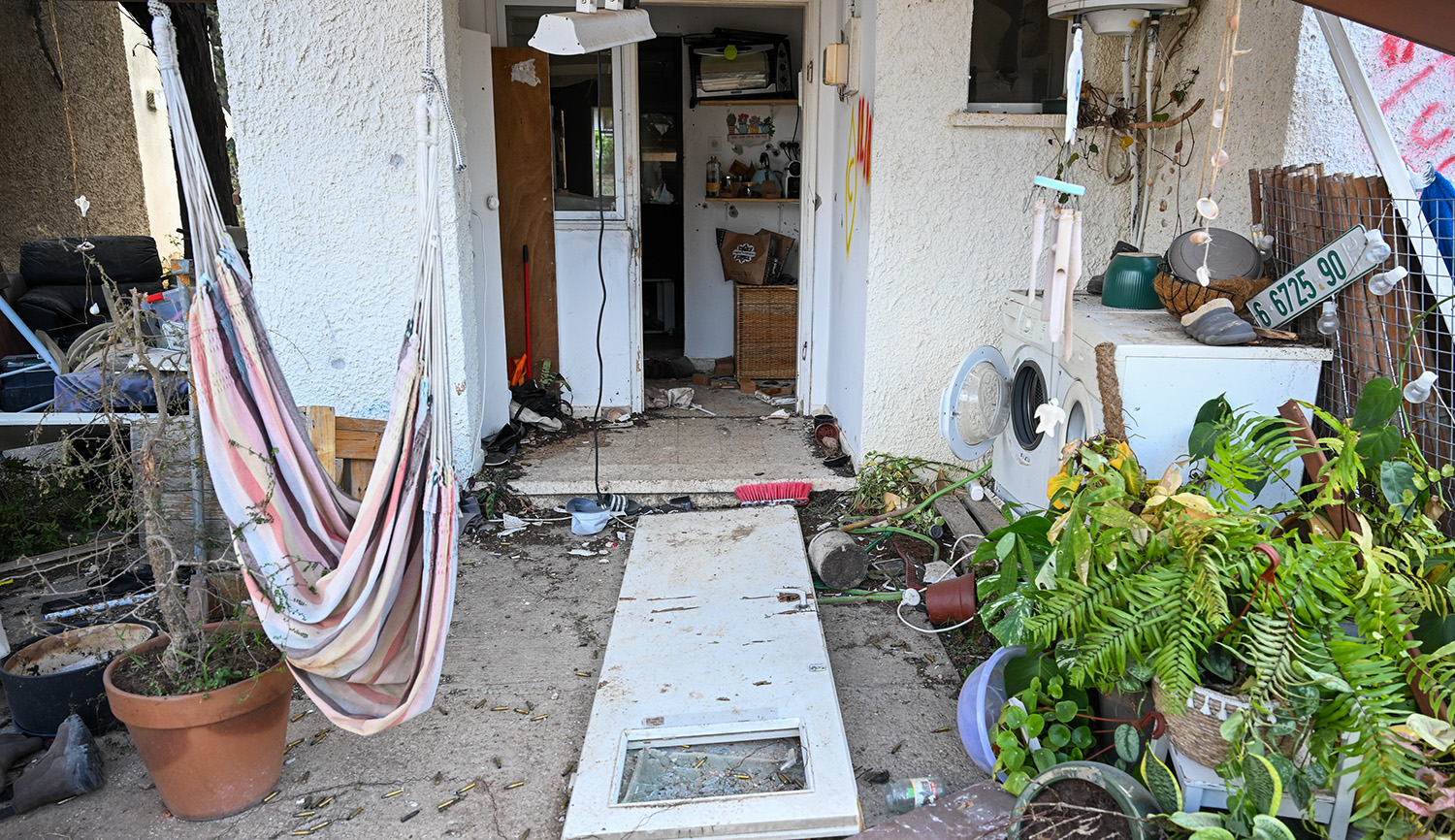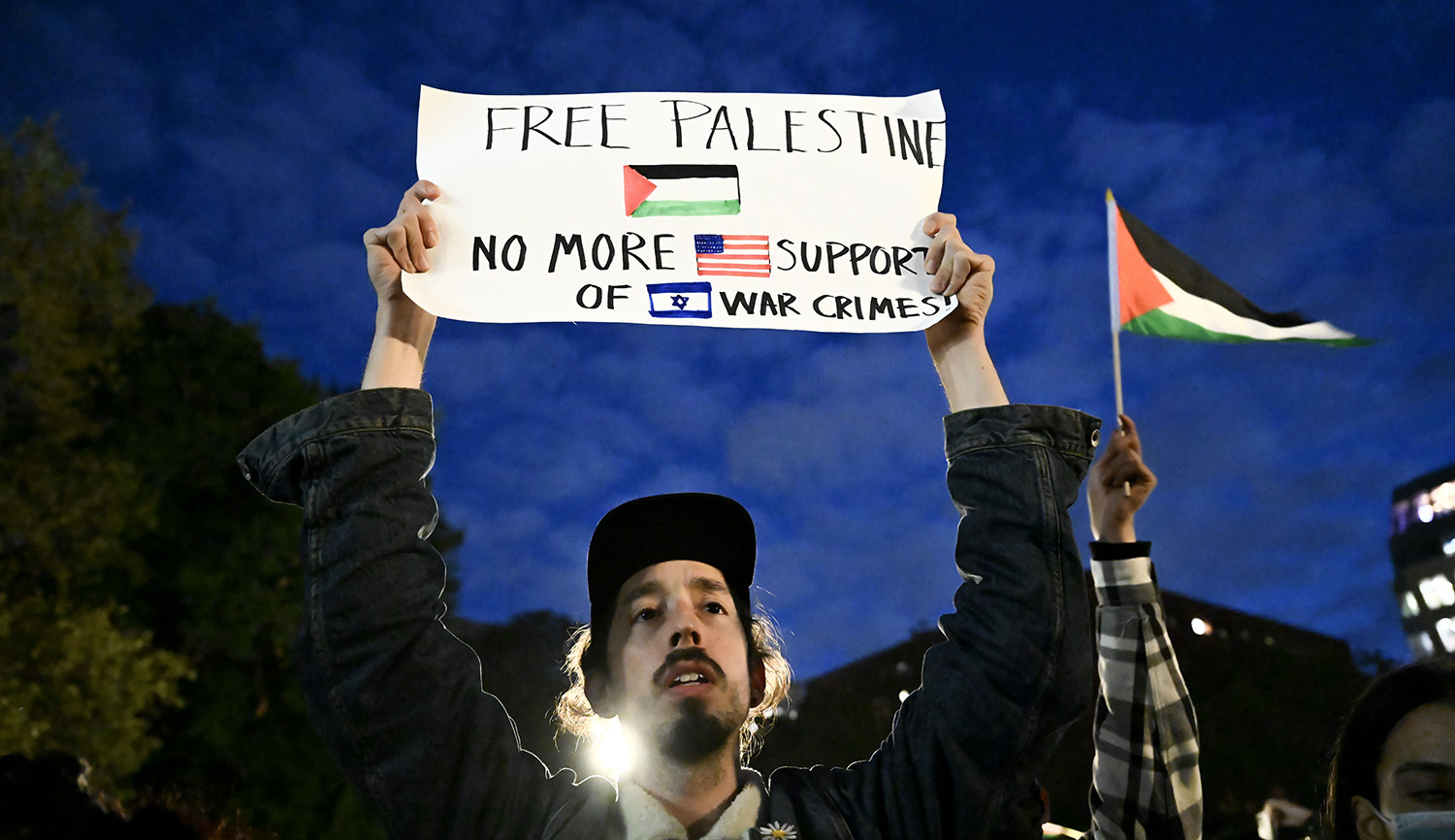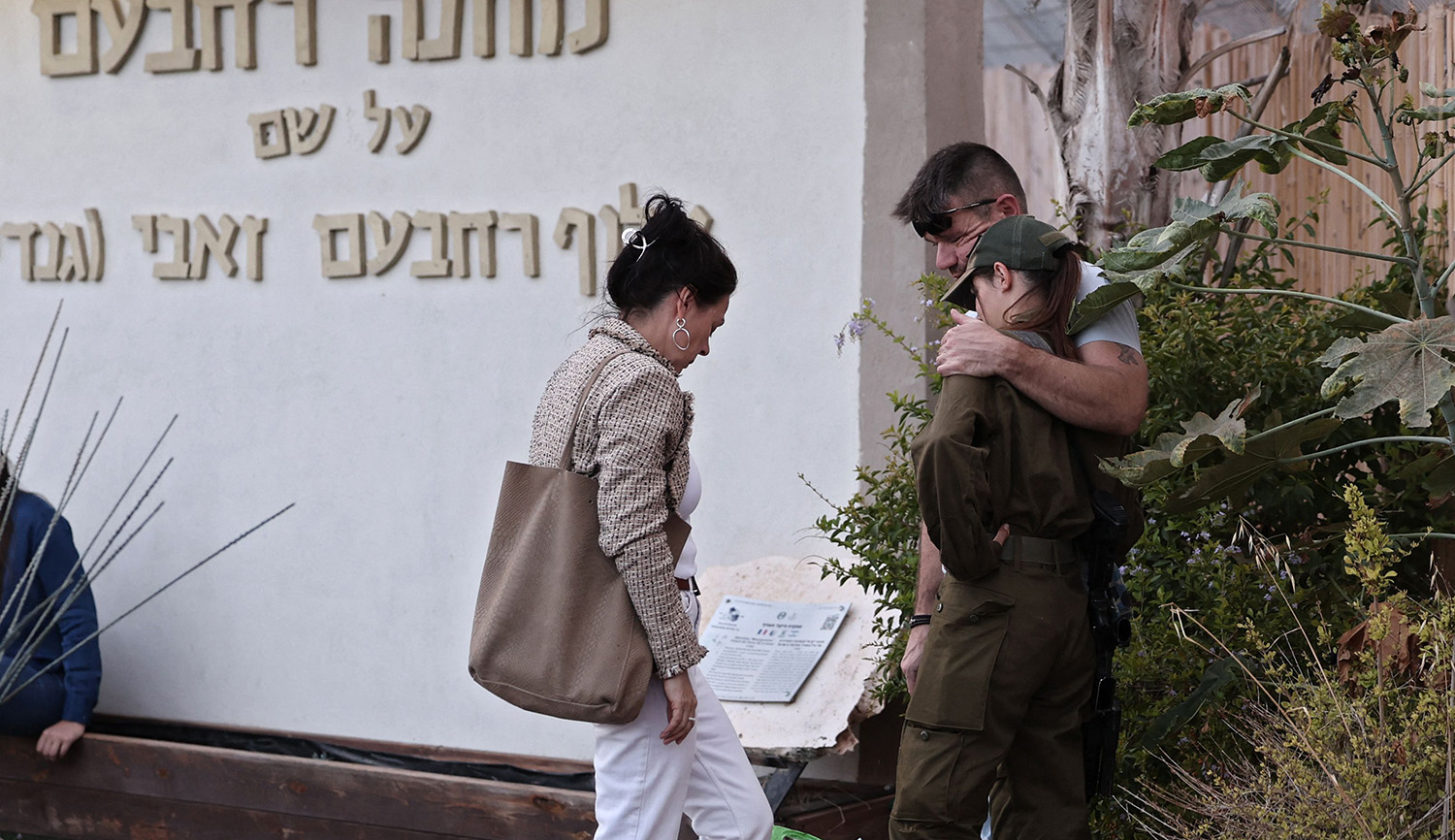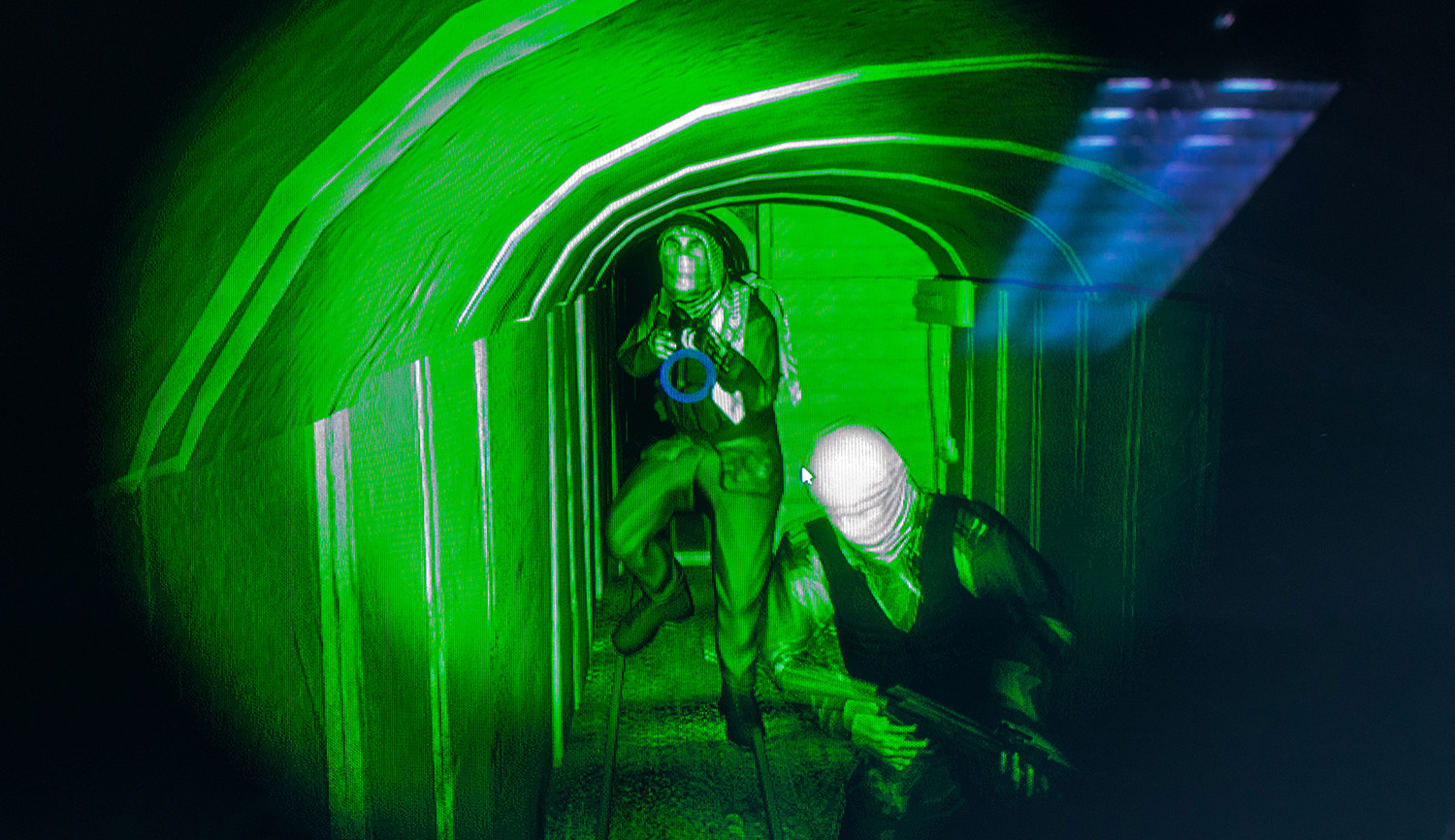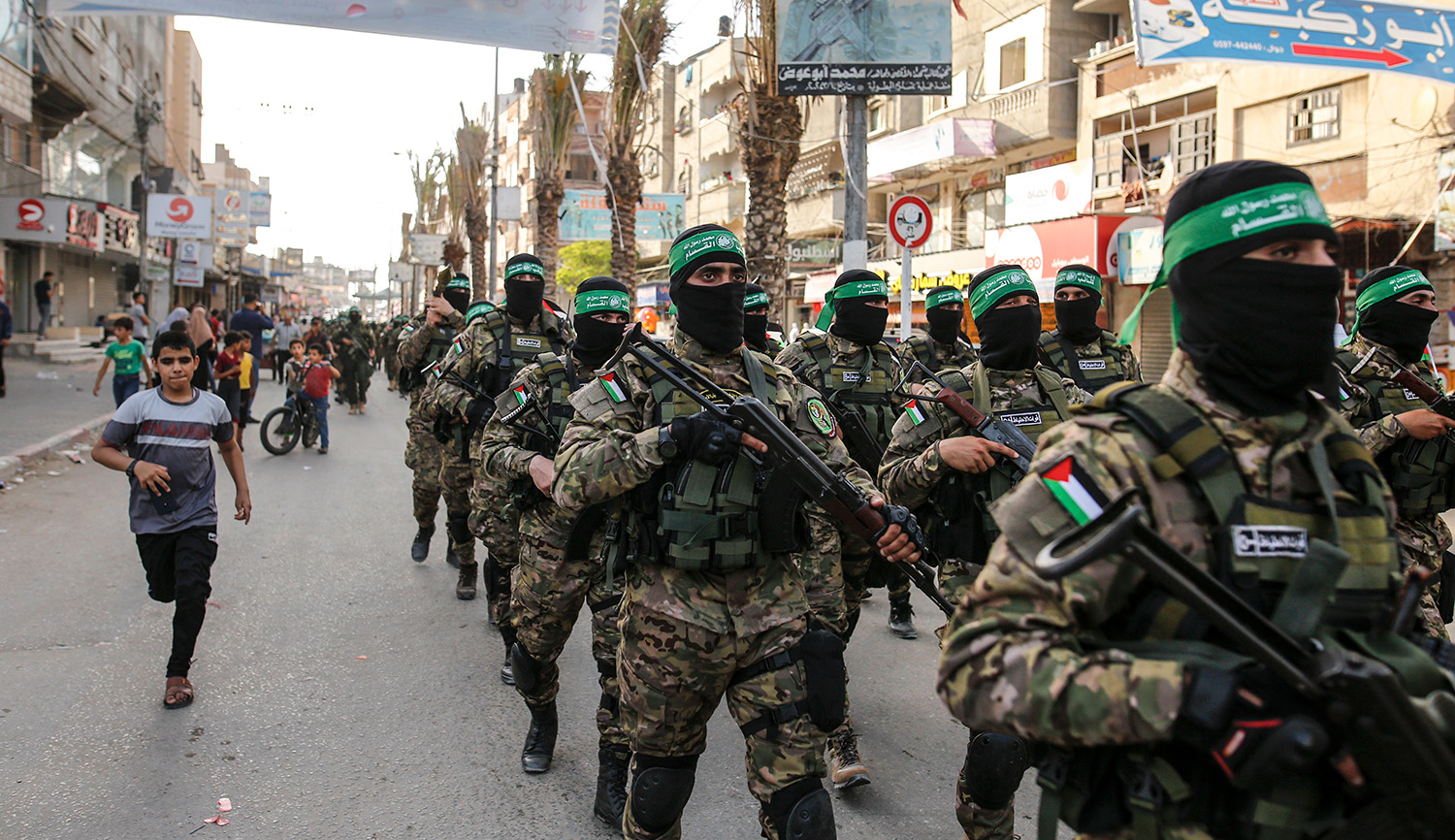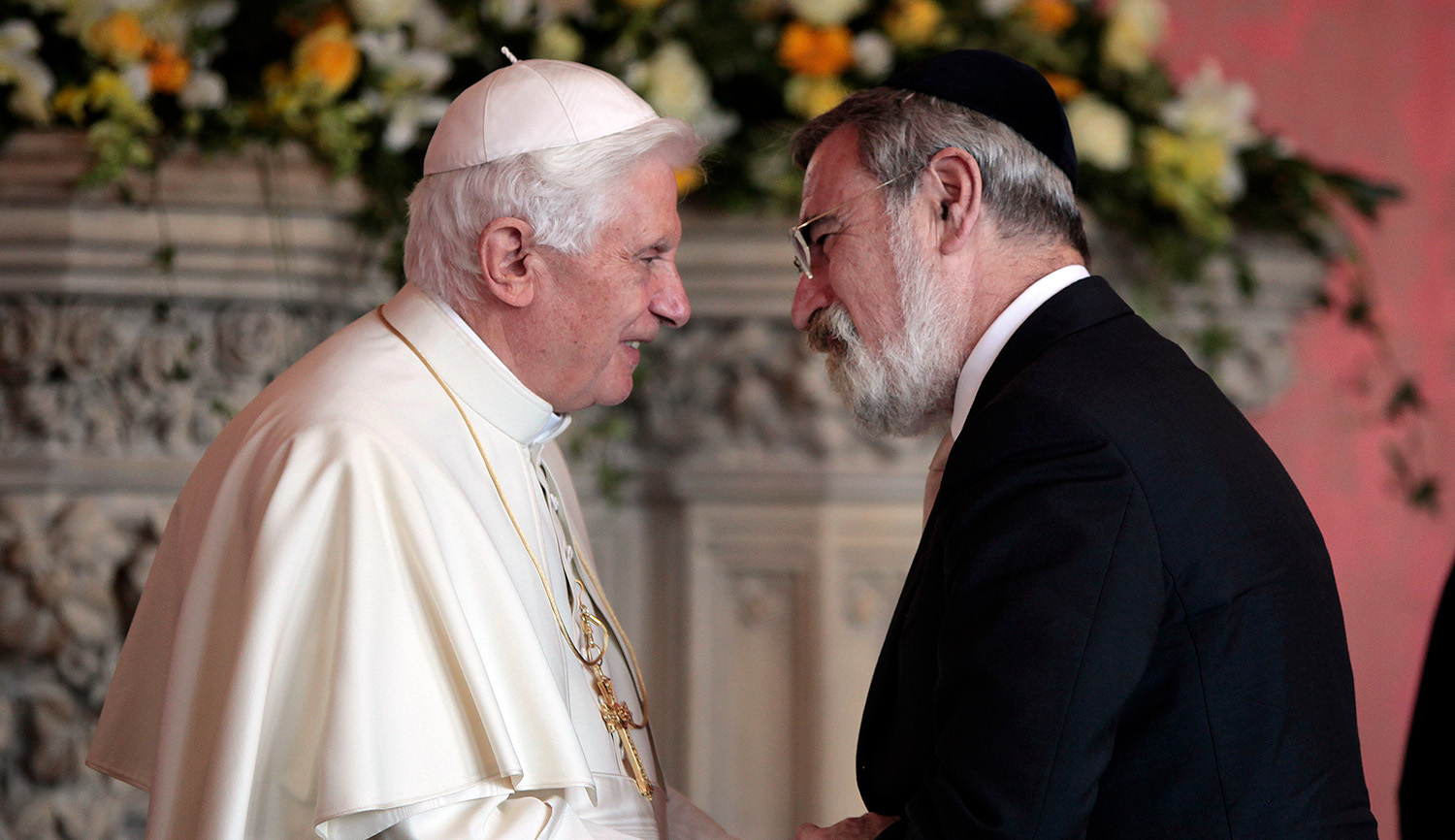An unspeakable calamity befell the Jews of Israel on Simchat Torah 2023. The war in its wake is an absolute necessity, and its magnitude and duration are yet to be seen. The duty of the hour is the war effort—on the frontlines and at home. Alongside it, there are lessons that must be internalized. Some, political and strategic, will come later. One, no less urgent, begins now: the lesson of unity.
In the years leading up to the Second Temple, the Roman empire allowed the Jews to fight among themselves, watching as we came apart internally. After we were done fighting, the Romans’ job was straightforward. As captured terrorists noted, our enemy, too, identified our discord and disharmony. They were bolstered by our weakness. If we wish to prevail, we must unite. That requires willingness to listen to the other side, and readiness for compromise.
Until recently, it seems these qualities were in short supply. Yet I wish to note three awakenings that have taken place since the war began and that suggest something has changed. Each one occurred within a different sector of Israeli society namely: the left, the right, and the Haredim. Together, these awakenings should be a great source of hope. And don’t we need it.
Awakening I: The Left
The awakening on Israel’s left is characterized by a single name: Halil.
Netiv HaAsara, a moshav close to the border fence with the Gaza Strip, was one of the first to suffer the horrors of October 7 when Hamas terrorists paraglided into the village and then went from house to house on a killing spree. Sabine Taase, who survived the slaughter—her husband and one of her sons were murdered, and another two were injured—testified that the terrorists had detailed maps of the houses and their inhabitants: names, children, the presence of dogs, and other details. Who was the source of these crucial facts and figures? In an interview that quickly went viral, Taase pointed to Halil.
Halil, a resident of Beit Lahia in the Gaza Strip, had worked as the odd-job man in Netiv HaAsara for decades. He was efficient, versatile, and well-liked. According to Yifat Ben Shoshan, a longtime resident, he singlehandedly built half the village. Halil served loyally as a reminder that peaceful cooperation between Jews and Palestinians, an aspiration of Netiv HaAsara’s residents symbolize by the white dove painted above the words “Path to Peace” on the moshav’s security wall, was somehow possible. Until he turned his back on Netiv HaAsara and, according to Taase at least, handed over the detailed information that made the massacre easy. “I never trusted him,” Taase added. In other cases, Gazan civilians who had worked in Israel physically accompanied Hamas terrorists to serve as guides.
The barbarism of Hamas, coupled by the clear complicity of Gazan civilians (who also celebrated the human booty taken back to Gaza), has led to statements on the part of leading leftwing figures that would have been unthinkable some weeks back. “We need to throw Hamas into the sea,” tweeted professor Amir Hetsroni, “even if a few Gazan babies, terrorists of 2043, will be killed en route.” “Any occupation right now with international law,” he added for good measure, “is akin to solving a computer problem by means of the Talmud.” Michal Haran, a self-professed socialist and peace activist, openly supported statements from the extreme-right former politician Moshe Feiglin. “I believed we were the baddies,” wrote Roni Gelbfish, explaining that he believed “the occupation” to be the underlying source of conflict. “But yesterday,” he continued, “I returned to texts from Lamentations, from the valley of death, . . . and it’s there. It always was. Our dead brethren scream out to us from the generational tunnel: remember what Amalek did to you!!!”
Yaniv Cohen Aviad, who served in the IDF for 27 years in intelligence and as a strategic researcher, posted that for his entire adult life he had been “held captive in the paradigm of finding a solution to the Palestinian issue.” Finding peace was a matter of “education, tolerance, humanitarian tributes, global peace, dialogue with moderates, giving up land, containment, and recognition of the other’s pain. . . . But everything collapsed on October 7th. . . . It’s either us or them. Sheep cannot live among wolves. We need to be lions who kill the wolves.”
This is just a representative sampling. With the awakening comes a new appreciation of friend and foe. Those who support the Palestinian cause (or, more accurately, the anti-Israel-cause), insist on the moral equivalence between Israel and Hamas—including many on the progressive left and many employees of the mainstream media—become foes. Haaretz, Israel’s prestigious leftwing newspaper, which continues to be afflicted by the tragic moral failing of “suffering bookkeeping” (whichever side has the most casualties wins), published a piece titled “All We Want to Say to the International Left Is [expletive].”
Even a cursory perusal of recent issues of Haaretz reveals that this awakening is not all-encompassing. Yet, it is clearly felt, and reenforcing it is crucial for Israel’s future. Certainly, it can be a big step towards national unity.
Awakening II: The Right
The right, too, is experiencing an awakening of sorts, which is best explained by the story of a group called Aḥim la-Neshek, Brothers in Arms.
Brothers in Arms is an organization of IDF reservists from various units dedicated to opposing the proposed judicial reforms introduced by the Netanyahu government. Most controversially, the group encouraged its members to sign a “declaration of cessation of volunteering” for reserve duty. This move, in particular, sparked the fury of Israel’s right, with Benjamin Netanyahu declaring that such a refusal “endangers the security of all Israeli citizens” and heralds “the end of democracy.”
However, just one week after the fateful Shabbat, the Brothers in Arms offices had been converted into a headquarters for crucial activities in the aftermath of the attack. The rightwing journalist Amit Segal even said that it had become one of “the greatest Zionist operations in the country today,” directing a range of activities by means of some 15,000 volunteers. Segal noted that Brothers in Arms had physically rescued some 2,000 citizens from the embattled south, alongside its projects to identify hostages, relocate civilians, acquire and distribute tactical gear for soldiers, and oversee a huge logistical operation to ensure donations made to the IDF effectively reach their intended destinations.
After appealing for donations for this group he once bitterly criticized, Segal concluded with a thought: “How much strength do we have among our nation, how much resilience and initiative? We’ll have to do all we can, on all sides, to ensure that, on the day after, we’ve invested in our common security and economy, and not one against the other.” A friend of mine, on the right edge of the right wing, stated publicly: “I want to apologize to Brothers in Arms, who proved at the moment of truth that [they are loyal to] the state is above all else—that they are true patriots. I am proud of them and love them.”
The other part of the right’s awakening is the fact that the colossal failing that allowed Hamas to plan and perpetrate its attack took place under the watch of several consecutive rightwing governments. Unlike many on the left, those on the right recognized the evil latent in Arab terror groups, but the strategy of “managing the conflict” continued unabated, as though such evil can be contained. We all got it wrong, and a large share of responsibility falls on the rightwing governments (alongside army leaders) that fell into the deadly trap of complacency. Moreover, those on the right were overly fervent about the “full-throttle right wing” government that Netanyahu succeeded in forming, and this passion worked against both them and the country.
We all need to reset, recalibrate, restart. We need to do it together.
Awakening III: The Haredim
A “them and us” attitude pervades many aspects of haredi life in Israel. “They” are responsible for the state institutions, while “we” are responsible for Torah study. “They” are responsible for economic growth, while “we” are responsible for maintaining the authentic Jewish character of Israel. “They” prioritize the worldly and material, while “we” prioritize the eternity of the spirit. Nowhere is the distinction more prominent than army service. “They” serve in the IDF and “we” don’t. Understandably, this is also area of greatest friction between haredi society and the rest of Israel.
In March 2023, the Brothers in Arms movement established a symbolic recruitment office in front of the Bnei Brak municipality in a call for equal sharing of the burden of military service. And the frustration over haredi refusal to serve in the IDF is not limited to Israel’s secular left. Many on the non-haredi right, too, are pained by the same fundamental sense of inequality.
Haredim, of course, counter with a host of arguments of their own. Although some progress has been made with the formation of Netzach Yehuda, a haredi IDF battalion that receives special army conditions and the support of a separate civilian organization, the number of haredi soldiers remains extremely low. Young Haredim rarely consider enlistment in Netzach Yehuda or other opportunities for army service tailored to their needs. It simply isn’t on their radar.
Until now.
There has been a comprehensive mobilization of haredi society to support the Jewish state since Simchat Torah. Every previous military campaign has induced a haredi response—special prayers, intensified Torah study, and even occasional efforts to provide food for soldiers. But what’s happening now seems wholly different. First, the beginning of the yeshiva term was advanced several days because of the belief that the study of Torah will bring merit and protection to the Jewish people as a whole. This may seem like an insignificant, or even feeble, gesture to an outsider, but any insider understands that this a highly unusual move that sends a message to the haredi rank and file that these are highly unusual times.
And that’s not all. Zaka, a haredi organization dedicated to identifying victims of terror attacks (alongside other disasters), and where necessary to gathering body parts for proper Jewish burial, was an integral and essential part of the collective Israeli response to the horrific aftermath of Simchat Torah. In close collaboration with the IDF, Zaka volunteers bore the terrible brunt of sorting through the carnage and making it possible to bring families news of the deaths of their loved ones, and ensuring halakhic interment of the corpses. “We don’t see the light at the end of the tunnel,” said the Zaka spokesman last week. “We are in the thick of death.” Many volunteers broke down while performing this unspeakable task, unable to continue. Their stories reached Israel’s mainstream media, which heaped praise on their heroic commitment. The army even requested that Zaka deal with hundreds of bodies of dead Hamas terrorists. Though the work was sickening, Zaka dutifully complied. The sight of Zaka workers tearing up at interviews and press conferences will become an indelible part of the Israeli collective memory of this terrible war.
Haredi operation rooms, not unlike that set up by Brother in Arms, have been created across the country to provide food, clothing, and whatever provisions are missing—and much has been missing in the disarray of mobilizing 350,000 reservists in just a few days—from army bases and outposts across the country. I know, because one such operation is run out of our living room, by my daughter Shira. Haredi men, accompanied by singers or just an amplifier, pay frequent visits to army bases to demonstrate support and raise morale. In response to an unprecedented demand for religious items from even nominally secular soldiers, yeshiva boys have been commissioned to tie tzitzit strings for ritual garments.
More importantly, some 3,000 Haredim over the age of twenty-six (the cut-off for the draft) reached out to volunteer for army service. A small fraction has been admitted, but there is a strong push to admit hundreds more, which could have a lasting impact on haredi attitudes toward army service. Under instructions from their rebbe, Belz—a large and politically powerful hasidic group—made the unprecedented decision to recite the Chief Rabbinate’s prayer for soldiers, something generally not done in hasidic synagogues. And, perhaps most remarkably, the CEO of Kupat Ha-Ir, a Bnei Brak charity organization closely associated with the late Rabbi Chaim Kanievsky—a sainted sage who represented the mainstream of non-hasidic haredi Judaism—made a significant donation to haredi soldiers and even visited army bases to raise spirits and provide moral support. This sort of institutional blessing for haredi army service would have been almost unthinkable a month ago. Winds of change are blowing.
I cannot say that this change in attitude toward the military is universal to haredi society. It isn’t. Yet the transition from “them and us” to “us and us” is palpable. We might differ in lifestyle and some core values, but the commonality we share—a deep Jewish identity rooted in ancient history and divine covenant—far outweighs the differences.
And that brings us to something else: not only are Haredim rallying to support the military and the broader Israeli society of which they are a part, but secular Israelis—just after the higher-than-ever-tensions of the past few months—are responding to this change not with resentment, but with enthusiasm. Just watch any of the videos that have been circulating the Internet of Hasidim dancing and singing with non-haredi soldiers or refugees from the south.
United We Stand
During the First World War, Rabbi Yissachar Dov Rokeach, the Belzer rebbe and among his generation’s most important Orthodox leaders, was approached by a group of elder and prominent Hasidim to declare that repentance alone can remedy the harsh troubles the Jews were experiencing—expecting him to condemn the non-observant. The rebbe refused adamantly, stating, “The main thing is that Jews should love one another. . . . This is what our salvation depends on.”
War is a natural time of unity against a common enemy. In the case of Israel, the unity cannot end with the war. The war, God willing, will be over soon, and once it is we must not return to the same place of strife and dissonance. The awakenings I have highlighted above cannot be allowed to dissipate. It is up to us to embrace them, to augment them, and to ensure that they take hold among us so that our national unity doesn’t falter.
More about: Gaza War 2023, Israel & Zionism
